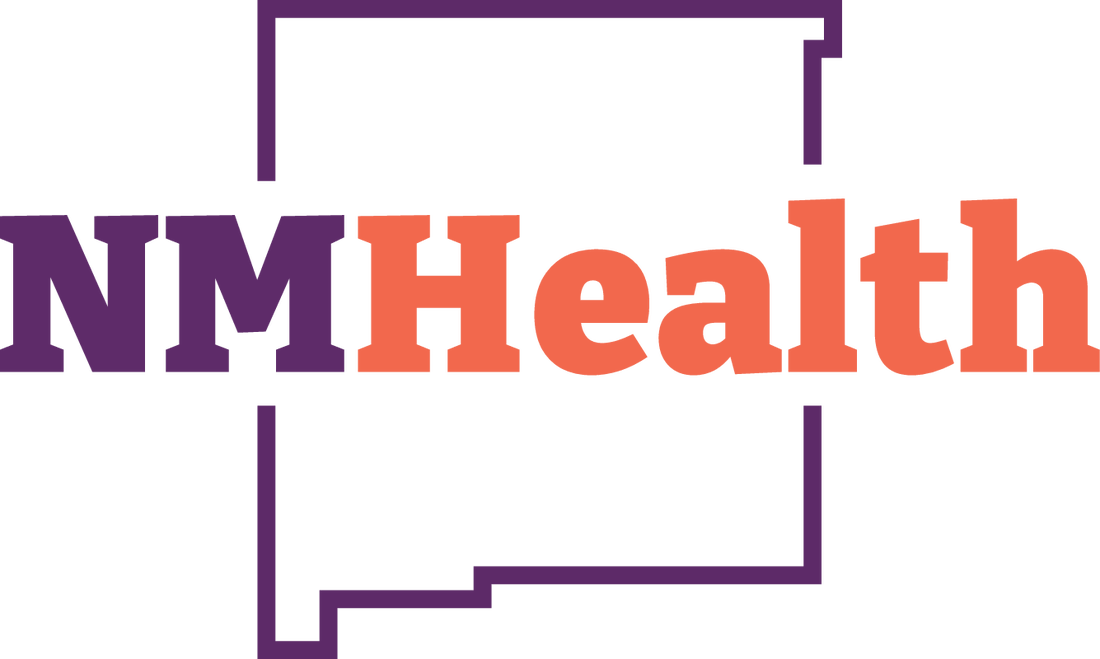Department of Health Resources
Links to other websites directly operated by the New Mexico Department of Health.
Community Health Assessment
Adults Lacking Basic Prose Literacy Skills
Adults Lacking Basic Prose Literacy Skills
Adults need strong literacy skills to get good jobs, stay healthy, be active in their communities, avoid human rights abuse, avoid crime, and to raise children who have strong literacy skills. The employees most in demand in the US have at least a two-year college degree. According to the Bureau of Justice Statistics Special Report (2003), 75 percent of America's state prison inmates did not complete high school. Literacy begins when parents read to their children and encourage their children to read. Parents who are poor readers don't read as often to their children. When young children are not read to, they enter school less prepared for learning to read than other children. |
American Community Survey Queries
American Community Survey Queries
Allows queries of US census bureau data by New Mexico county, small area and census tract. |
Bachelor's Degree or Higher in New Mexico
Bachelor's Degree or Higher in New Mexico
Higher adult education levels are associated with greater earning potential, higher life expectancy, and increased social involvement. There is a relationship between more education and better mental well-being and over-all health. People having higher education benefits society as a whole through: civic engagement, interest in societal issues, and stronger interpersonal connections. |
Birth & Death Certificate Data Queries by the Social Determinants of Health
Birth & Death Certificate Data Queries by the Social Determinants of Health
This query allows users to stratify birth outcomes by census tract level measures of the social determinants of health. The use of sociodemographic variables for routine analysis of public health data is currently recommended by the Council of State and Territorial Epidemiologists. |
Birth Mothers' Who Attained a High School Degree or Higher
Birth Mothers' Who Attained a High School Degree or Higher
A mother's education level affects decisions directly influencing her and her children's health. Worldwide, higher maternal education is linked to decreases in low birth weight, infant mortality, and maternal mortality. Level of education is related to children's physical health and academic outcomes, both as children and adults. Maternal education is associated with children's nutritional status and potential obesity. Children of mothers with a high school diploma or less have a higher likelihood of adolescent obesity. Higher education levels are associated with maternal reproductive decisions including contraceptive use, having fewer children, and a later age of marriage. |
Children Under Age 18 Living in Poverty
Children Under Age 18 Living in Poverty
Poverty in the early years of a child's life, more than at any other time, has especially harmful effects on continuing healthy development and well-being, including developmental delays and infant mortality. Well-being in later childhood, such as teen pregnancy, substance abuse, and educational attainment, are also influenced by early childhood poverty. Children born into poverty are less likely to have regular health care, proper nutrition, and opportunities for mental stimulation and enrichment. |
Children Under Age 5 Living in Poverty
Children Under Age 5 Living in Poverty
Childhood poverty has especially harmful effects on healthy development and well-being, including developmental delays and infant mortality. Children born into poverty are less likely to have regular health care, proper nutrition, and opportunities for mental stimulation and enrichment. These factors are especially important in the very earliest years of life, because children's brain growth and skill development starts at early infancy. Studies document that children who live in low-income and under-educated families start to score lower on standardized developmental tests by as early as eighteen months of age. Such early setbacks are difficult to overcome. |
Community Health Information in 5 Clicks
Community Health Information in 5 Clicks
Getting to New Mexico Indicator-Based Information System community health information is easy. In fact, you can do it in five mouse clicks. |
Community Snapshot Reports
Community Snapshot Reports
A community profile produces a report on a set of health indicators for a given community. You may choose the community, and the set of indicators and the additional page content to be viewed for the selected community. |
Early Childhood Education Data & Reports
Early Childhood Education Data & Reports
Race to the Top-Early Learning Challenge is a major federal funding initiative seeking to support states in developing high quality early childhood education systems, especially targeted to children with high needs. The program supports states in their efforts to align, coordinate, and improve the quality of existing early learning and development programs across the multiple funding streams that support children from their birth through age five. |
Educational Attainment in New Mexico
Educational Attainment in New Mexico
A good education leads to good health in several ways. First, the more schooling people have, the more money they earn which enables them to purchase better housing in safer neighborhoods, healthier food, better medical care and health insurance, and more education. Each of these factors is associated with improved health. Each one allows individuals to move up the occupational and income ladder, giving them more prestige and power, both of which are associated with better health. High school completion is also the gateway into college, which offers even greater benefits than high school alone. Second, education facilitates healthier behavior choices by offering learners access to health information and tools to acquire help and resources, such as smoking cessation programs. Third, education helps people to acquire social support, strengthen social networks, and mitigate social stressors. The more education people have the more social support they have. Education helps people to gain a sense of control over their lives, an outcome associated with better health. |
English Not Not Spoken at Home
English Not Not Spoken at Home
Speaking another language can influence how a person is able to interact with others and participate in educational and other opportunities. Knowing the proportion of people who might need help in understanding English can inform policies, programs and services. Addressing language barriers can help eliminate health disparities by removing language related barriers to healthcare access. |
Free and Reduced-Price Lunch Program Eligibility
Free and Reduced-Price Lunch Program Eligibility
The National School Lunch Program provides nutritionally balanced, low-cost or free lunches to school children. Participation in the free and reduced price lunch program can reduce childhood food insecurity and allow children to have access to more nutritious foods. Food insecurity and related under-nutrition can negatively impact children's development and school performance. Having adequate nutrition promotes growth and development and reduces chronic disease risk. |
Indicator Report Aplhabetical Index
Indicator Report Aplhabetical Index
This is an alphabetical listing of all indicator reports on the New Mexico Indicator-Based Information System website. |
Median Household Income
Median Household Income
Income is strongly related to health status. Low-income persons tend to have poorer health status, in part because they cannot always afford good health care. However, some people have low income levels because chronic mental or physical illness limits their ability to complete educational goals and/or earn a good income. |
New Mexico Indicator-Based Information System (NM-IBIS)
New Mexico Indicator-Based Information System (NM-IBIS)
Track and evaluate progress toward goals; guide policy decisions, priorities and long-range strategic plans, Develop; focus, and streamline data collection and reporting capacity; provide comprehensive information of New Mexico's health and health care system. |
New Mexico Population Estimates Data Query
New Mexico Population Estimates Data Query
The population data in this IBIS-Q query module were produced by the University of New Mexico Geospatial and Population Studies program and are considered the most accurate available for New Mexico. for New Mexico. They are the official estimates used in the New Mexico Department of Health. |
Persons Living in Poverty
Persons Living in Poverty
Poverty takes into account both income and family size, and has both immediate and long-lasting effects on health. Income provides an assessment of the financial resources available to individual persons or families for basic necessities to maintain or improve their well-being. Persons living in poverty are worse off than persons in more affluent households for many of the indicators tracked by the New Mexico Department of Health. |
Population Estimates Datasets
Population Estimates Datasets
Provides access to information and documentation for the current standard population files for use on the New Mexico Indicator-Based Information System and within the New Mexico Department of Health. These datasets are available in both SAS and comma-separated formats. |
Public Health Topics
Public Health Topics
Each topic has a page that contains information for it. Along with this information are links to the associated Indicator Reports and Dataset Queries. The Indicator Reports provide graphs, maps, public health context, and data tables. Many of the topic areas have datasets that you can query and use to create your own tables, charts, and maps. These data query results pages will also have dataset details, including data sources and tips on how data can or cannot be used. |
Query System Contents & Usage
Query System Contents & Usage
The New Mexico Indicator-Based Information System provides a simple-to-use query system interface that allows a user to step through data selection options and perform custom queries of New Mexico's public health databases. |
School-aged Children Age 5-17 Living in Poverty
School-aged Children Age 5-17 Living in Poverty
In 2013, approximately 103,800 New Mexico school-aged children, 5 to 17 years old, were in families living in poverty. Research suggests that living in poverty during early childhood is associated with lower than average academic performance that begins in kindergarten and extends through elementary and high school. Living in poverty during early childhood is associated with lower than average rates of school completion. |
Social Determinants of Health Topics
Social Determinants of Health Topics
Social determinants of health are conditions in the environments in which people are born, live, learn, work, play, worship, and age that affect a wide range of health, functioning, and quality-of-life outcomes and risks. Resources that enhance quality of life can have a significant influence on population health outcomes. Examples of these resources include safe and affordable housing, access to education, public safety, availability of healthy foods, local emergency/health services, and environments free of life-threatening toxins. |
Unemployment in New Mexico
Unemployment in New Mexico
Household income is strongly related to health status for all persons in the household. Those living at or near the poverty level tend to have poorer health status, in part because they cannot always afford health care. Health status also depends on meeting a family's needs for adequate housing and nutrition. Lack of income may also keep children from having access to quality education, safe areas to play, and expose them to other risk factors. In addition, common reasons for unemployment include chronic mental or physical illness that limits a person's ability to work outside the home. |
Years of Potential Life Lost (Before Age 75) Indicator Report
Years of Potential Life Lost (Before Age 75) Indicator Report
YPLLs can show the burden of premature deaths due to a particular cause of death within a population. YPLLs can also be used to distinguish the burden of premature death in populations. Unlike crude and standard age-adjusted measures, YPLL emphasizes the processes underlying premature death in a population. |
Young Children With Parents in the Workforce
Young Children With Parents in the Workforce
Parents and families are characteristically the earliest educators of young children, and the level of parental interaction during formative years is linked to a variety of academic outcomes. However, the degree of parental involvement may be influenced by the labor-force participation of the parents, particularly in single-parent households. An increased need for quality child care is found in family settings where all parents are employed full-time. |


